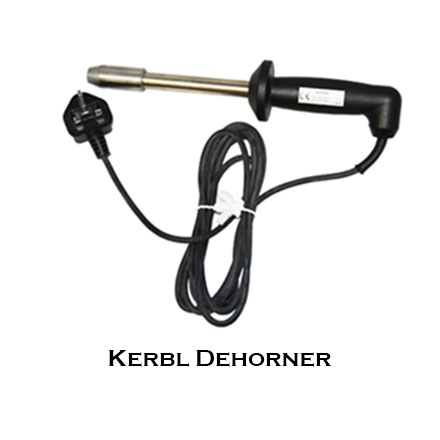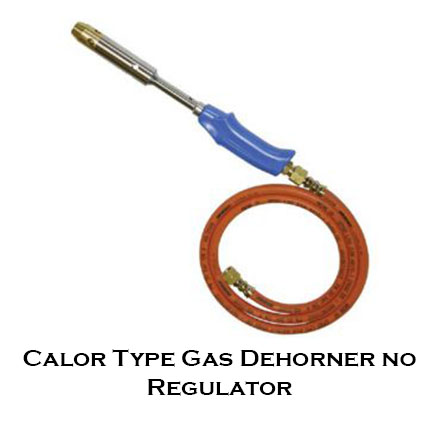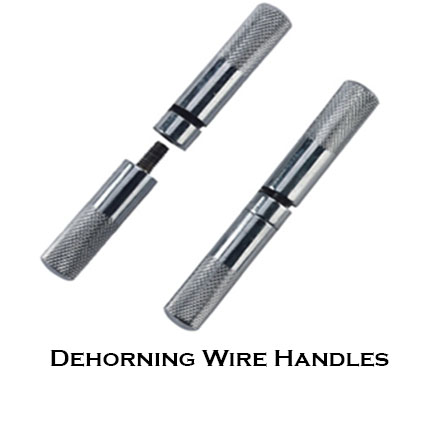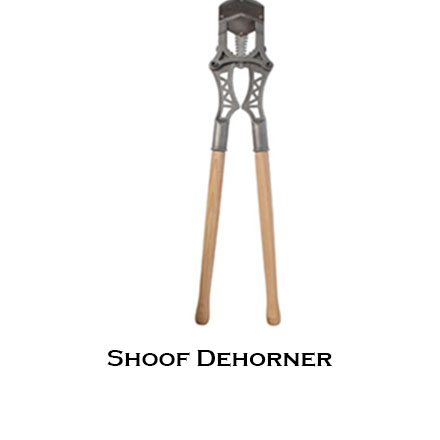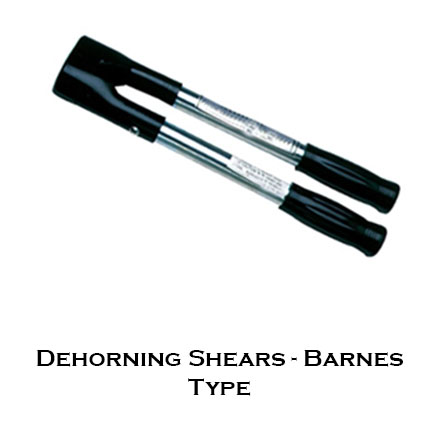
Let’s be honest. Debudding is a job that very few of us enjoy. This is because, despite our best intentions, it is often stressful for young calves and most farmers are loathe to inflict any suffering on animals.
Debudding is, however, a necessary evil of sorts. The Diseases of Animals Act (1966) prohibits the sale or export of horned animals. Cattle with full horns are a danger not only to humans, but to other animals as well. We should remember, too, that multiple deaths attributed to rogue cattle annually.
Debudding, then, is about protecting ourselves, our animals and society at large. With this in mind, we at Agridirect.ie have put together a list of 5 useful tips for farmers preparing to dehorn young calves. We hope you find them helpful!
1. Don’t let the animal get too old
This is perhaps the most important piece of debudding advice anyone can offer. To ensure maximum effectiveness and minimise the potential for animal distress, debudding should take place when calves are 1-2 weeks old. At this age, calves are still fairly easy to restrain with the right equipment, and a gas debudder will burn away the buds with minimum pain.
Postponing until the animal is older will mean more work for you and more distress for your calves. Under current legislation, the debudding of animals over two weeks old may only be carried out under local anaesthesia. Once a calf’s horns have started to develop, they will have to be sawed or cut close to the skull. Sawing or cutting of the horn is an ordeal for the animal and is better avoided if possible.
2. Use cauterization method
Always use the cauterization method when debudding calves. The cauterization method entails using a heated debudding iron that will cauterize the targeted area, preventing the threat of infection.
We do not recommend the use of chemical paste to cauterize buds. These pastes are extremely caustic and will cause irritation if they come into contact with any other part of the animal’s body.
3. Use a calf staller
Remember that calves must be restrained appropriately before debudding can begin. Calf stallers are designed for this purpose, and we recommend these as an excellent way to restrain young calves. The dehorning crate will help to minimise stress on the animal, while also helping to keep you safe from harm.
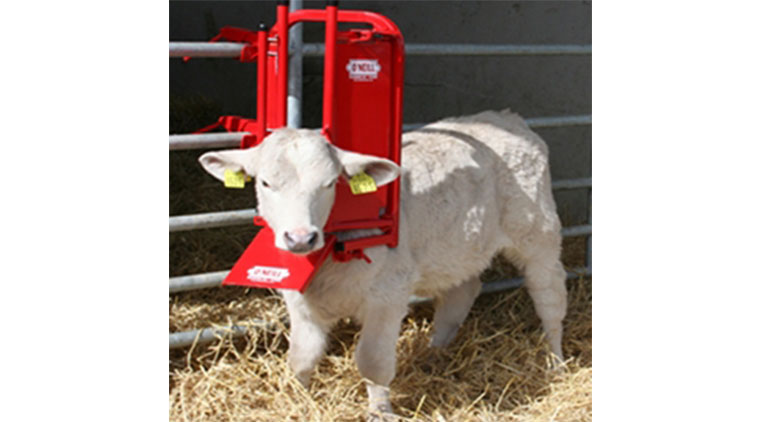
4. Treat with an anaesthetic
As farmers we have a duty of care to our animals. Because debudding is likely to be painful for the animal, you should try to obtain some anaesthetic to make the process easier on the calf. While anaesthetic is a legal requirement when budding animals older than two weeks, we recommend it more generally too. Local anaesthetic for debudding purposes can be obtained from a veterinarian and is quite affordable.
5. If unsure or untrained, always seek advice from a trained professional
And finally: if you are new to debudding calves, and have not received prior training, it is best to consult with a trained professional, preferably a veterinarian.




